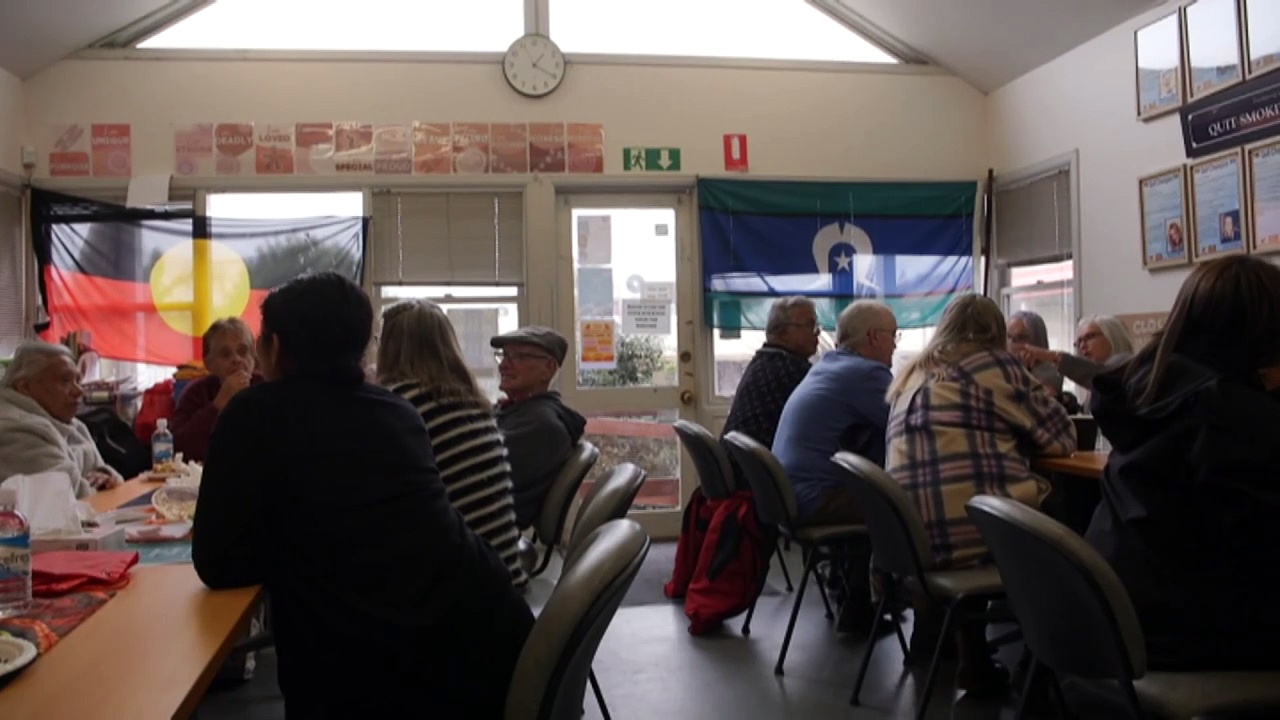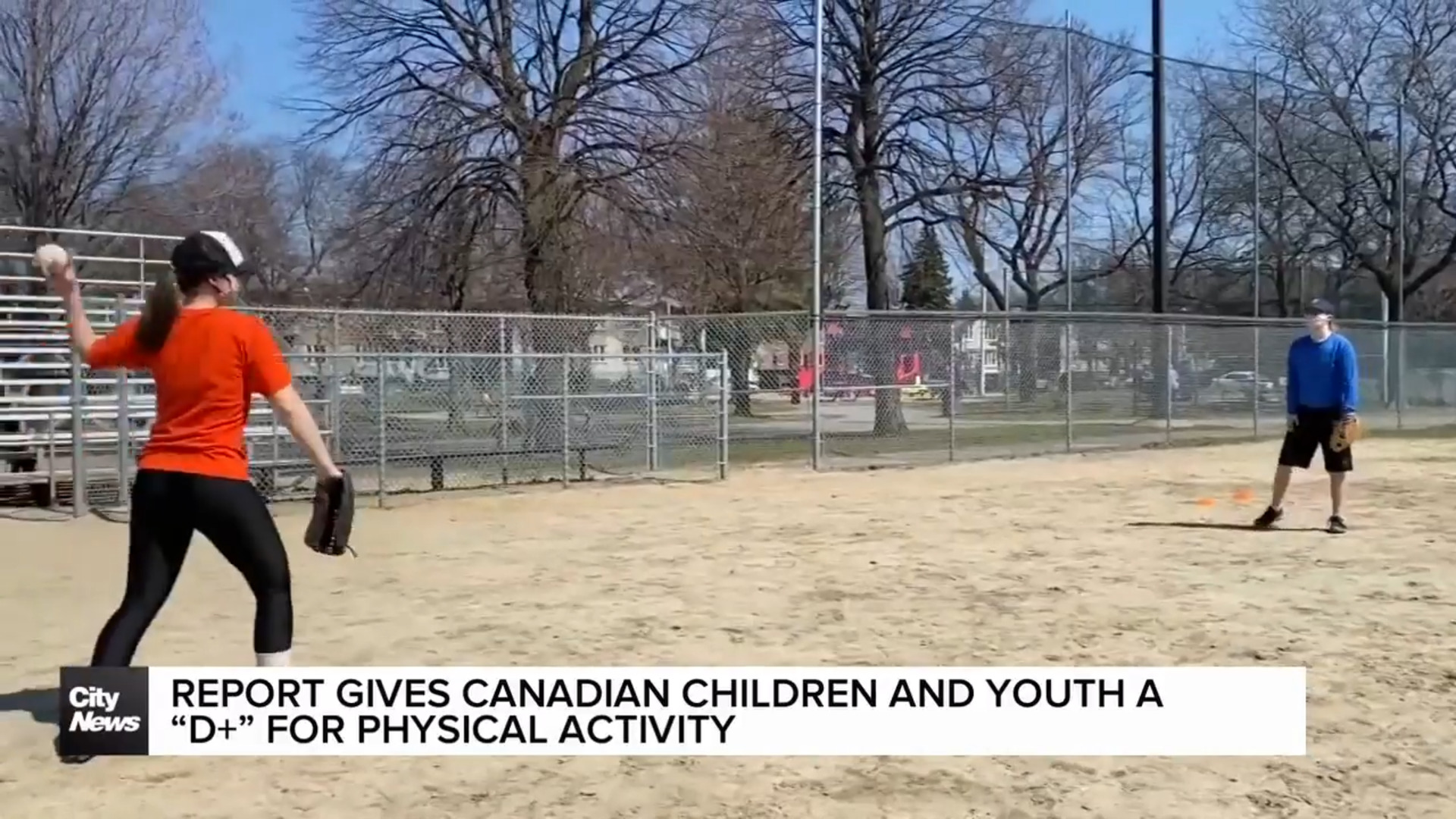U.S. Energy Secretary calls for more nuclear power while celebrating US$35 billion Georgia reactors
, The Associated Press May 31, 2024

WAYNESBORO, Ga. (AP) — U.S. Energy Secretary Jennifer Granholm on Friday called for more nuclear reactors to be built in the United States and worldwide. But the CEO of the Georgia utility that just finished the first two scratch-built American reactors in a generation at a cost of nearly US$35 billion says his company isn't ready to pick up that baton.
Speaking in Waynesboro, Georgia, where Georgia Power Co. and three other utilities last month put a second new nuclear reactor into commercial operation, Granholm said the United States needs 98 more reactors with the capacity of units three and four at Plant Vogtle to produce electricity while reducing climate-changing carbon emissions. Each of the two new reactors can power 500,000 homes and businesses without releasing any carbon.
“It is now time for others to follow their lead to reach our goal of getting to net zero by 2050," Granholm said. "We have to at least triple our current nuclear capacity in this country.”
The federal government says it is easing the risks of nuclear construction, but the $11 billion in cost overruns at Plant Vogtle near Augusta remain sobering for other utilities. Chris Womack is the CEO of Southern Co., the Atlanta-based parent company of Georgia Power. He said he supports Granholm's call for more nuclear-power generation, but he added that his company won't build more soon.
“I think the federal government should provide a leadership role in facilitating and making that become a reality,” Womack said. “We’ve had a long experience, and we’re going to celebrate what we’ve gotten done here for a good little while.”
Friday’s event capped a week of celebrations, where leaders proclaimed the reactors a success, even though they finished seven years late.
On Wednesday, Georgia Gov. Brian Kemp floated the idea of a fifth Vogtle reactor. Although the Republican Kemp rarely discusses climate change, he has made electric vehicles a priority and has said new industries demand carbon-free electricity.
“One of the first questions on their minds is: Can we provide them with what they need?” Kemp said. “We can confidently answer ‘Yes!’ because of days like today.”
The new Vogtle reactors are currently projected to cost Georgia Power and three other owners $31 billion, according to calculations by The Associated Press. Add in $3.7 billion that original contractor Westinghouse paid Vogtle owners to walk away from construction, and the total nears $35 billion.
Electric customers in Georgia already have paid billions for what may be the most expensive power plant ever. The federal government aided Vogtle by guaranteeing the repayment of $12 billion in loans, reducing borrowing costs.
On Wednesday, President Joe Biden’s administration held a meeting to promote nuclear power, saying it would create a working group to ease the challenges that dogged Vogtle.
The Biden administration promised that the military would commission reactors, which could help drive down costs for others. It also noted support for smaller reactors, suggesting small reactors could replace coal-fueled electric generating plants that are closing. The administration also pledged to further streamline licensing.
Granholm said that she believed others could learn from Vogtle's mistakes, like starting construction before plans were completed. She also predicted additional models of the Vogtle reactors, which were the first of their kind built in the United States, could be built at lower cost.
“So the question is, how do you learn from the new design in the second and the third and the fourth and the fifth plant? If you don’t vary the design, it gets 30 per cent less expensive every time you build it,” Granholm said.
In Michigan, where Granholm was a Democratic governor, she announced in March up to $1.5 billion in loans to restart the Palisades nuclear power plant, which was shut down in 2022 after a previous owner had trouble producing electricity that was price-competitive.
But with much of the domestic effort focused on building a series of smaller nuclear reactors using mass-produced components, critics question whether they can actually be built more cheaply. Others note that the United States still hasn't created a permanent repository for nuclear waste, which lasts for thousands of years. Other forms of electrical generation, including solar backed up with battery storage, are much cheaper to build initially.
In Georgia, almost every electric customer will pay for Vogtle. Georgia Power owns 45.7 per cent of the reactors. Smaller shares are owned by Oglethorpe Power Corp., which provides electricity to member-owned cooperatives, the Municipal Electric Authority of Georgia and the city of Dalton. Utilities in Jacksonville, Florida, as well as in the Florida Panhandle and parts of Alabama also have contracted to buy Vogtle’s power.
Regulators in December approved an additional six per cent rate increase on Georgia Power’s 2.7 million customers to pay for $7.56 billion in remaining costs at Vogtle, with the company absorbing $2.6 billion in costs. That is expected to cost the typical residential customer an additional $8.97 a month in May, on top of the $5.42 increase that took effect when Unit three began operating.






